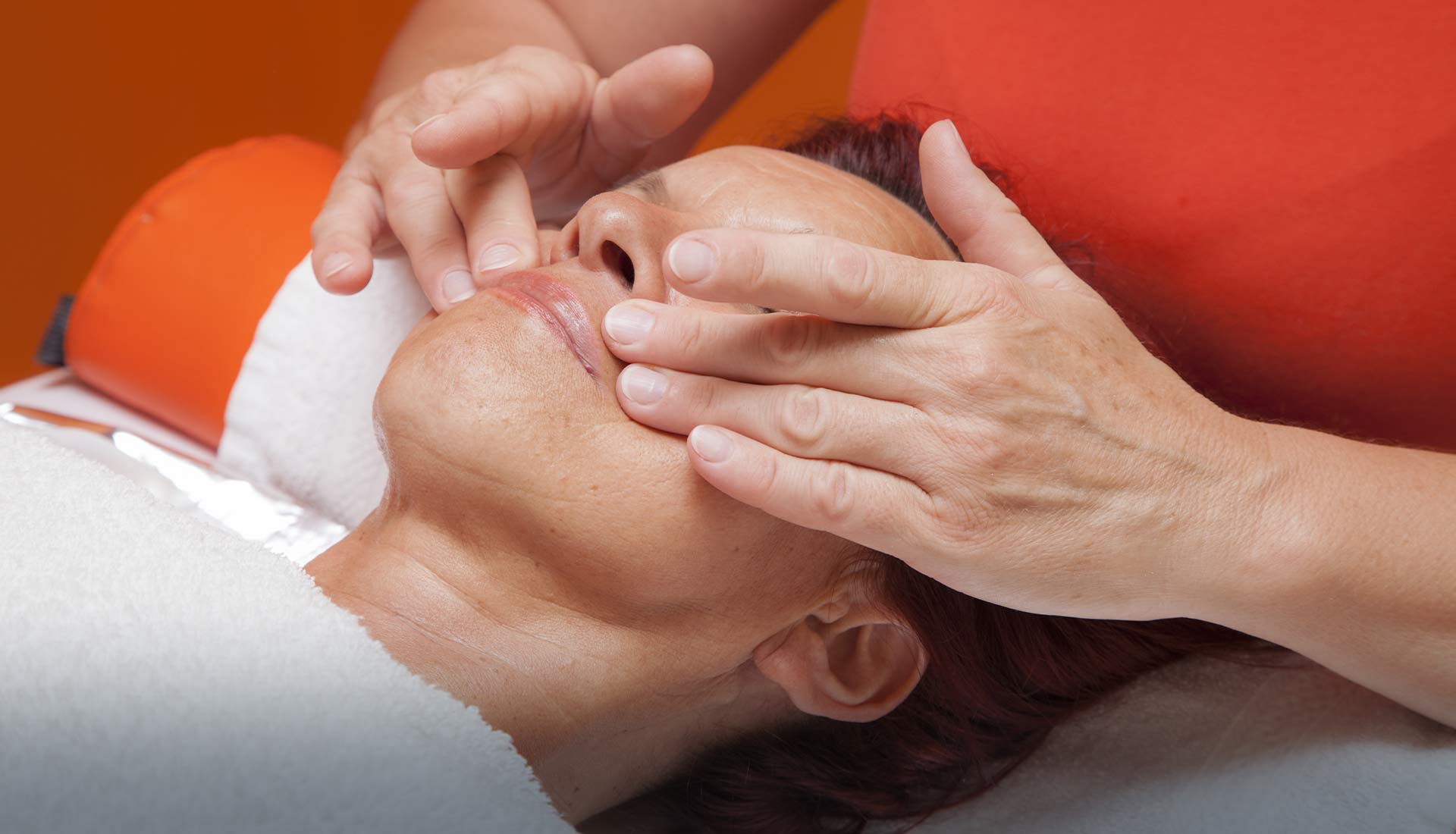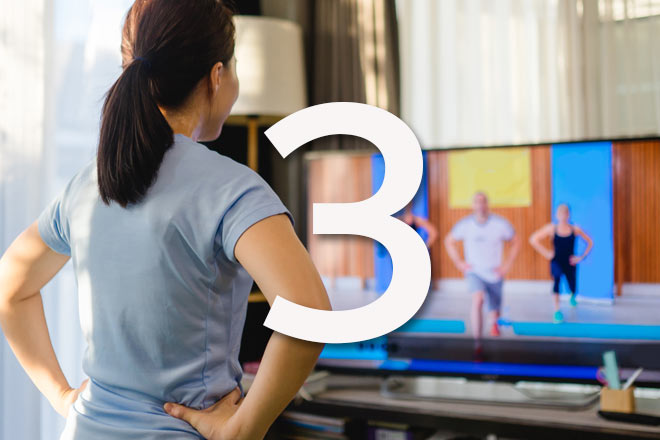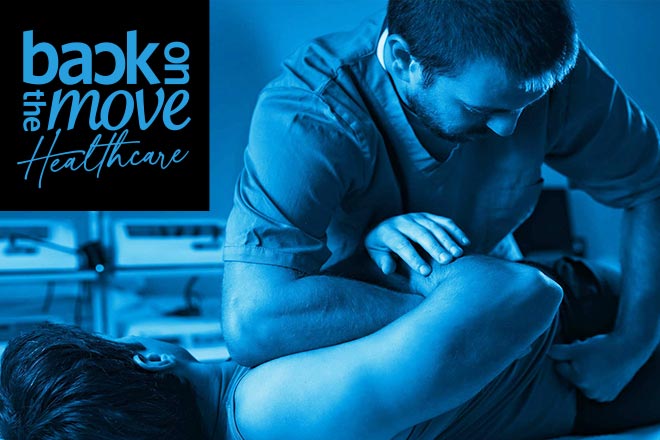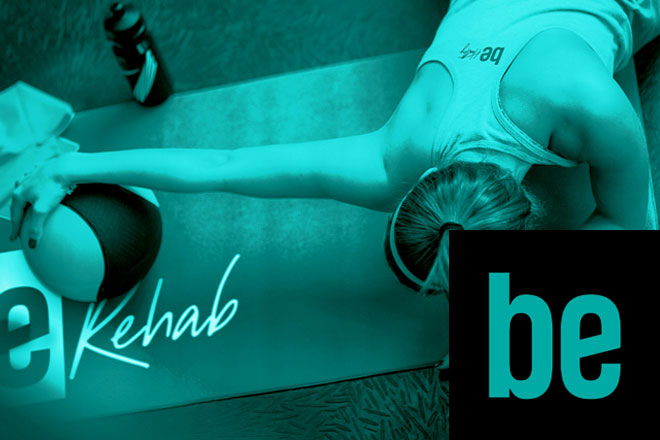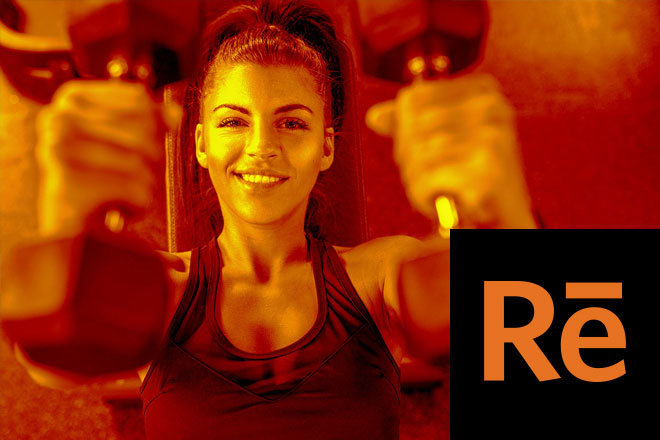What happens at a lymphatic drainage massage session?
Your therapist will begin by applying a very gentle, light pressure in a slow, rhythmic motion around the lymph nodes in your head and neck, as these main superficial lymph nodes must always be opened first. Your practitioner will then move to the part of the body that is to be the main focus of your treatment session, applying a similar technique to your limbs, chest, back, belly, or the full body. They will always finish by draining the lymph nodes in the neck area again.
Does a lymphatic drainage massage hurt?
No, MLD is not at all painful. In fact, it is a highly relaxing experience, and you may drift off to sleep.
How often should I have a lymphatic drainage massage?
How often you have MLD depends on your own individual needs and lifestyle, and your therapist will discuss this with you. For post-surgery or injury recovery, weekly sessions can be beneficial in reducing swelling and speeding up healing. More active people find that monthly MLD will maintain a healthy lymphatic flow, while others consider more frequent sessions are required to help detoxify the body.
How long does a lymphatic drainage massage (MLD) session last?
A typical MLD session usually lasts between 60 and 90 minutes. Your first appointment will take slightly longer, as your MLD therapist will take a medical history and discuss the reasons for your visit in detail.
How soon after a lymphatic drainage massage will I notice a difference?
Some people notice an immediate difference, but everyone is different. Most commonly, a real difference is more noticeable after several MLD sessions. You might notice an increased need to urinate for 24 hours after an MLD session, and feel more tired than usual for a day or two as your body eliminates toxins.
What should I wear to a lymphatic drainage massage appointment?
It’s best to wear comfortable, loose-fitting clothes. You will usually be asked to undress to your underwear before a massage begins, but you may choose to remove whatever clothing feels most appropriate for you. Allowing your therapist direct contact with the skin is most effective. Tight clothing and underwired bras will make it difficult to get lymph moving, so yoga pants or shorts are suitable, and wearing a v-neck t-shirt or tank top so the neck and collar bones can be accessed by your therapist is helpful.
